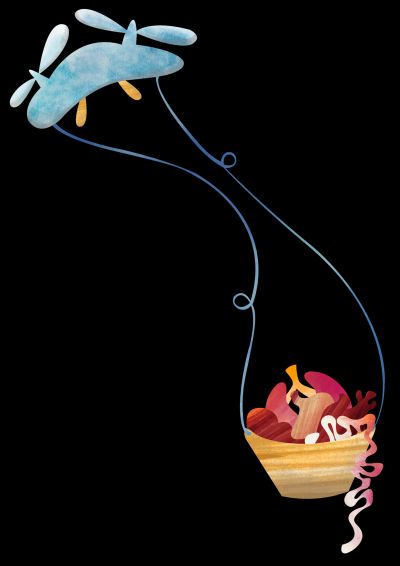Some disorders that occur in our organs, which have been graciously bestowed upon us and undertake vital functions, are attempted to be treated through organ transplantation. Currently, successfully transplanted organs include the heart, kidneys, liver, lungs, pancreas, intestines, thymus, and uterus. The most commonly transplanted organ is the kidney.
Organ transplantation refers to the operation where an organ is removed from the donor’s body and then placed into the recipient’s body. The donor and the recipient can be located in the same center or in different regions.
Success Depends on Transfer
Organ donors can be living individuals, deceased individuals, or those who have experienced brain death or are being kept alive by machines. Once the organ is removed, it can be used for transplantation within 24 hours. The shorter the transfer time for the organ, the higher the success rate of the transplantation.
In organ transplantation procedures, there is a race against time, and sometimes due to disruptions in transportation, the organ cannot be delivered to the recipient on time. In the United States, 1.5% of organs obtained from donors cannot reach the patient, and 4% of organs are delivered to the patient with a few hours of delay.
To solve this problem, a group of American scientists started using unmanned aerial vehicles in organ transplantation. The kidney needed by a 44-year-old dialysis patient living in Baltimore, who had been waiting for transplantation for years, was delivered to him within five minutes using an unmanned aerial vehicle. This system, developed by engineers, is considered a useful, fast, and cost-effective solution for emergency medical situations.




